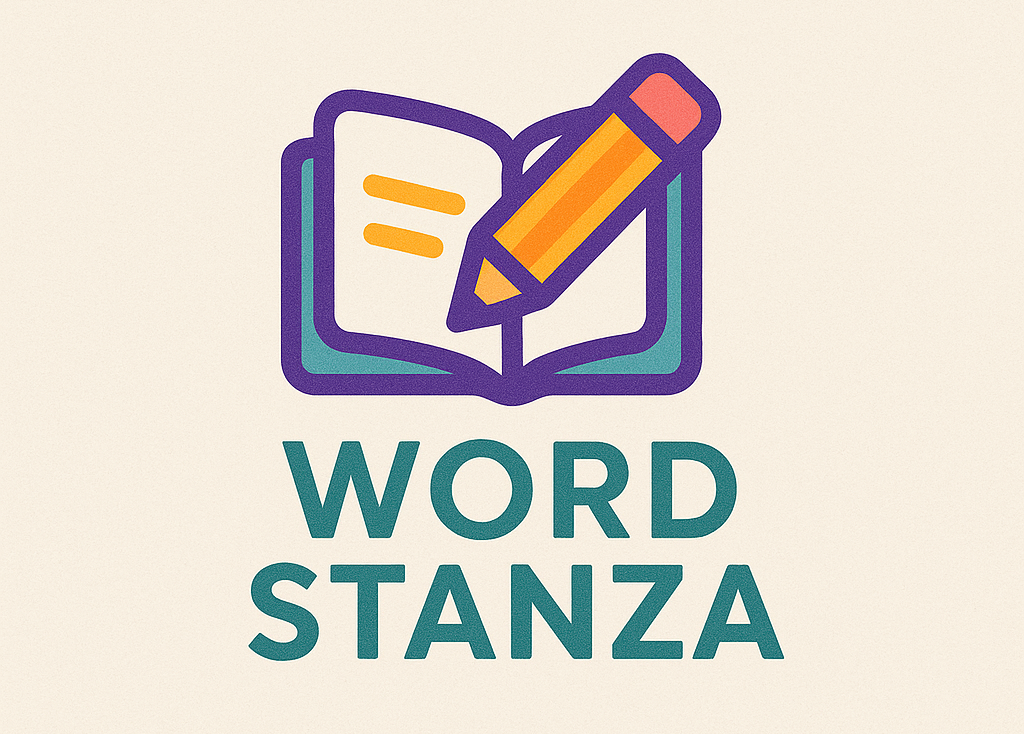The rotator cuff is a critical group of muscles and tendons that stabilise the shoulder joint, enabling a wide range of arm movements. Injuries or wear and tear of the rotator cuff can lead to significant pain and discomfort, often necessitating professional physiotherapy for effective recovery. Understanding how physiotherapy can help in the rehabilitation of rotator cuff injuries is essential for anyone seeking to regain full mobility and strength.
Rotator cuff injuries are common, particularly among athletes and individuals who engage in repetitive overhead activities. These injuries can range from inflammation and tendinitis to partial or complete tears of the tendons. Symptoms typically include shoulder pain, weakness, and reduced range of motion. Early intervention is key to preventing further damage and ensuring a successful recovery.
Physiotherapy plays a vital role in the treatment and rehabilitation of rotator cuff injuries. A well-designed physiotherapy programme can help reduce pain, improve shoulder function, and prevent future injuries. The primary goal of rotator cuff physio is to restore the normal mechanics of the shoulder joint by strengthening the surrounding muscles and improving flexibility. You can find more details about the benefits of rotator cuff physio and how it can aid recovery.
A typical physiotherapy regimen for a rotator cuff injury will include a combination of exercises tailored to the specific needs of the patient. These exercises usually focus on strengthening the shoulder muscles, particularly the rotator cuff and scapular stabilisers, while also enhancing flexibility. Stretching exercises are important to maintain the range of motion, while resistance exercises help build strength and endurance.
In addition to exercises, a physiotherapist may use other techniques to alleviate pain and promote healing. These can include manual therapy, where the therapist uses their hands to mobilise and manipulate the shoulder joint, and modalities such as ultrasound or electrical stimulation to reduce inflammation and pain. The use of heat and cold therapy can also be beneficial in managing symptoms.
Education is another critical component of physiotherapy for rotator cuff injuries. Patients are often taught how to modify their activities and adopt better posture and movement patterns to avoid further strain on the shoulder. Understanding the mechanics of the shoulder can help patients make informed decisions about their physical activities and prevent reinjury.
For those interested in exploring more about physiotherapy and its applications, visiting a dedicated site like this resource can provide comprehensive insights into various treatment options and how they can assist in recovery.
It is important to approach rotator cuff rehabilitation with patience and consistency. Recovery times can vary significantly depending on the severity of the injury and the individual’s commitment to their physiotherapy programme. Regular follow-up with a physiotherapist ensures that the treatment plan remains effective and is adjusted as needed to accommodate progress and any changes in symptoms.
In conclusion, rotator cuff physio is an effective and essential approach for managing shoulder injuries. By focusing on strengthening, flexibility, and proper mechanics, physiotherapy helps restore function and reduce the risk of future problems. Whether you are an athlete keen to return to your sport or someone looking to regain everyday shoulder function, physiotherapy offers a pathway to recovery and a return to normal activity.





